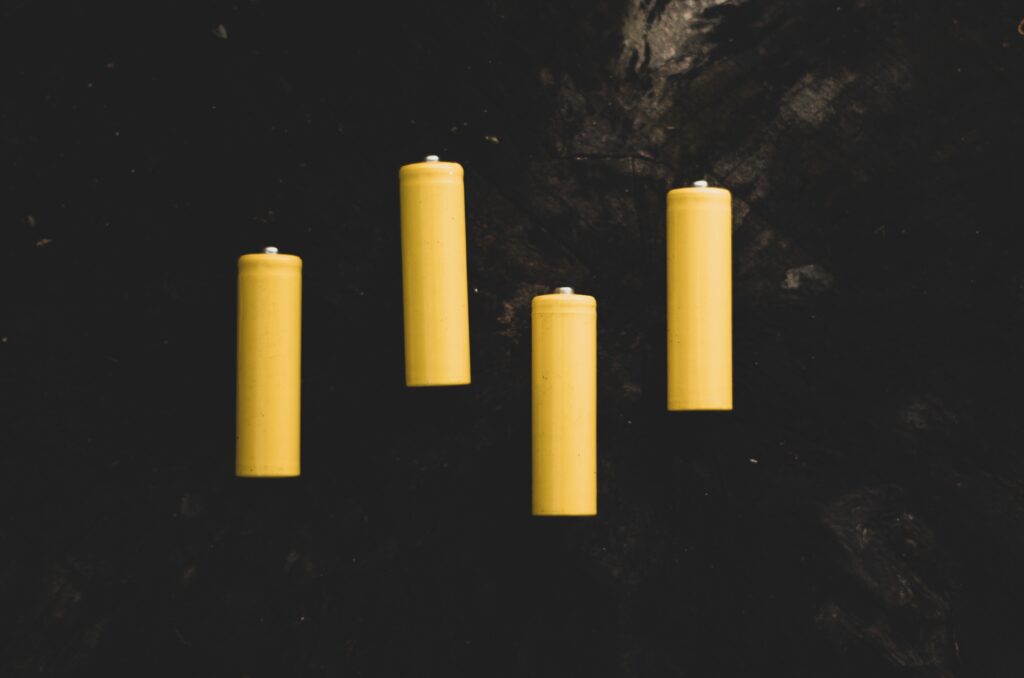
The battery materials market must produce dried powder for lithium ion battery (LIB) manufacturing. In a recent column in Chemical Processing, Barry on Batteries, I discussed dryer testing and selection. In short, there are many options to consider. Make your decision of dryer technologies for battery materials based upon lab and pilot testing. Robust data collection, drying curves and heat balances can help you land on the optimum design for battery materials manufacturing.
Taking a holistic approach to dryer selection
Back in October 2022, I moderated a World Filtration Conference session and also presented on holistic and integrated chemical engineering. The presentation topic, “Optimizing Downstream Final Drying with Upstream Solid-Liquid Filtration, Cake Washing & Dewatering,” is also highlighted in my book, “Integration and Optimization of Unit Operations.” Understanding this information is especially relevant to the lithium battery chemicals market.
At the March 2023 International Battery Seminar and Exhibit, I presented in the R & D stream for recycling. My presentation, “Process Solid-Liquid Separation and Drying for Geothermal Brine, Battery Material Powder and Black Mass for Recycling,” provided an overview of solid-liquid separation and drying technologies for automated operation, improved efficiencies and reliabilities and safe lithium and battery materials production.
Since you may not have been at those presentations, let me give you a summary of my perspective on this important topic.
Solids drying technology for battery materials
Solids drying is a critical stage in producing battery-grade final product. Yet there is a large variation among manufacturers about the characteristics of the powders produced. This results in several alternatives for drying.
For cathode and anode materials, processes can be batch or continuous. For a batch operation, you may use a horizontal paddle dryer or a vertical conical dryer. These units can operate at temperatures up to 650 degrees C with very close wall tolerances to avoid crust formation on the dryer vessel walls. The paddle designs convey the solids forward and backwards creating a three-dimensional (3-D) turbulent zone for optimum mixing/drying while helical arms move the solids upward and downward for 3-D mixing/drying. For added heat transfer to the powders, the paddles and arms can also be heated.
For lithium carbonate and lithium hydroxides, you might also use continuous fluid bed dryers. The designs are normally stationary bed with high air flow rates for efficient heat transfer and drying. Multi-zone operation with drying and cooling enhances the operation with a smaller footprint.
With the different options and your unique project specifications to consider, deciding on the right dryer technologies for battery materials requires lab and pilot testing. Careful data collection, paying attention to drying curves and heat balances, will result in the optimum design. I’m happy to help you navigate the selection process. Contact me with questions.

